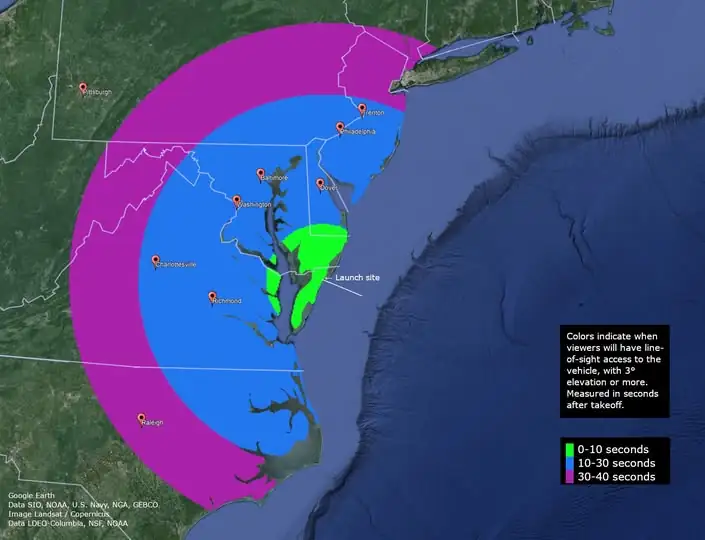Wallops Island, VA — Last night’s planned launch of NASA’s TOMEX+ sounding rockets was abruptly canceled due to persistent cloud cover over the launch site and key camera stations along the East Coast, forcing officials to postpone the highly anticipated event until Tuesday night.
The mission—designed to study high-altitude winds using visible vapor tracers—is now rescheduled for Monday, Aug. 26, with the launch window opening at 10:30 p.m. EDT from NASA’s Wallops Flight Facility in Virginia. Clear skies will be essential to proceed with the flight, as scientists rely on ground-based cameras to track the vapor trails.
The first two TOMEX+ sounding rockets will release vapor tracers in the upper atmosphere, forming bright, milky-white clouds that could be visible to viewers along the Atlantic coast from Virginia to New Jersey. These visual markers will allow researchers to observe and study the movement of winds in space, a rare opportunity for both scientists and skywatchers.

The clouds, expected to resemble those in past missions, are created using a small, safe amount of chemicals also commonly used in fireworks. Officials stress the tracers pose no risk to people, animals, or the environment.
If weather cooperates, millions along the East Coast may be able to spot the streaks in the sky shortly after liftoff. Observers in North Carolina, Virginia, Maryland, Delaware, and southern New Jersey will have the best chance of viewing the high-altitude display, depending on their distance from the launch site.
The mission’s success depends heavily on clear visibility not just at launch but along multiple tracking stations, all of which must have unobstructed views for the cameras to collect data on wind speeds and directions at the boundary between Earth’s atmosphere and space.
